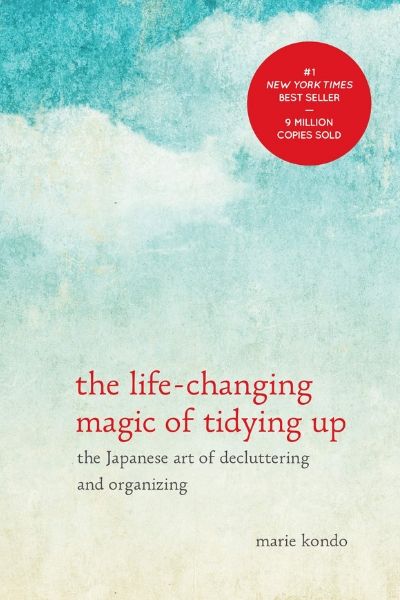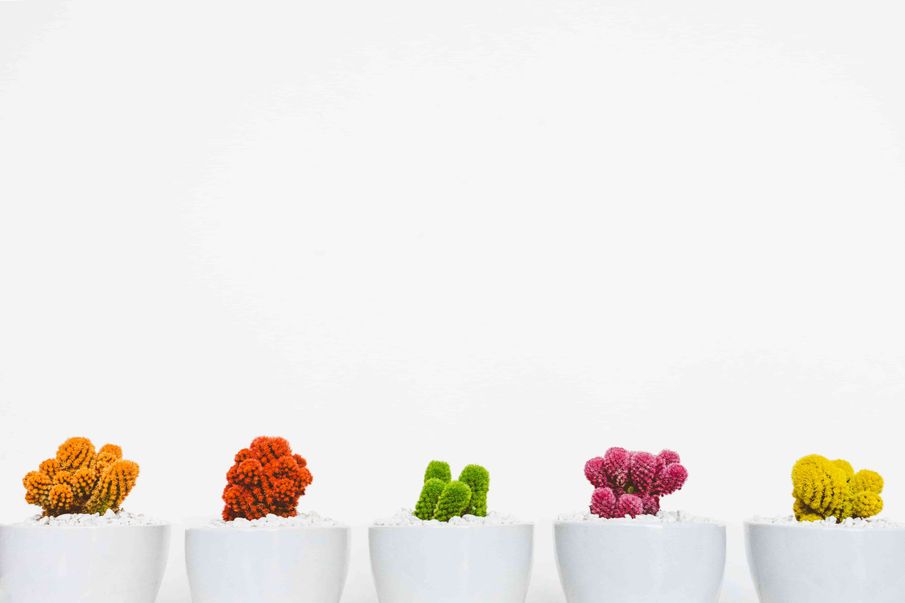Discover three methods of decluttering your home and the philosophy behind them
From Mrs. Hinch to Marie Kondo, we’re a nation obsessed with finding the latest must-try hacks to make our homes and lives cleaner, clearer, and a more stress-free haven from the outside world. Whether you’re looking for a new way to declutter your life as part of your self-care routine, or you’d like to find a way to streamline your lifestyle, there are a number of different methods from around the world that can help.
Following the success of the Tidying Up with Marie Kondo Netflix series, we’ve become a nation inspired to spend more time cleaning and decluttering our homes. More than half of us (58%) have watched her recent series, with one in three (38%) feeling inspired to make changes at home thanks to her series. But how much do we really know about the KonMari method, and are there other methods that could work better for us? We spoke with the experts at leading language learning app Babbel to find out more about the methods used by tidying experts, and how we can start using decluttering techniques from around the globe.
The KonMari

The Japanese decluttering phenomenon named after its founder, Marie Kondo, has taken the world by storm following the success of her book, The Life-Changing Magic of Tidying Up. While Kondo is definitely responsible for taking her favourite methods global, they’re actually rooted in the Japanese philosophy of simplicity, which borrows heavily from Zen and Buddhist traditions. Kondo maintains that objects encompass a spirit, making them capable of sparking joy. She believes that they should be either displayed with pride and care, or thanked for their service and respectfully disposed of. This is one of the fundamental elements of the Japanese Shinto religion, and Kondo herself has served as an assistant at a Shinto shrine.
The Western world in particular has been drawn to the KonMari philosophy, with Kondo being one of the New York Times best-selling authors. Japanese culture is already very much in line with her teachings, perhaps due to the typically small living spaces in the country, not to mention its vulnerability to earthquakes - meaning that having less clutter is a way of life. Japanese homes are kept tidy, calm and relaxed; but also minimal, to quickly gather what you need and leave, in case you need to make an emergency exit.
Feng Shui
If you feel that you’re already pretty happy with your decluttering skills, but still want to revamp your living space, then Feng Shui may be for you. The Chinese tradition places emphasis on how objects are arranged within a room, which, in turn, affect other elements of the home - from the building materials used, through to the architecture. The key principle behind Feng Shui is to bring your surroundings into harmony with the natural world.
The concept is closely linked to Taoism, a belief that is rooted in living in harmony with universal energy, also known as ‘qi’. Yin and Yang are two opposing forces and manifestations of qi, and both play key roles in Feng Shui, and finding the balance between the various forces and elements of the home. Applying Feng Shui to your living space is thought to fundamentally alter your life. For example, if you’re on the lookout for love, give pairing objects within the home a go (such as two bedside lamps), or making sure your bed is accessible from both sides, since this makes you more likely to attract a partner - according to the philosophy.
When it comes to Feng Shui, there are two schools of thought you need to be clued up on - Compass School and Form School. Form relies on the Bagua Energy Map, which creates dedicated corners within your living space - one for money, one for love, and so forth. The corners are all oriented around the entrance to the room, which is where the energy, or qi, enters the space. The Compass School tellingly relies on compass directions (North, South, East, West), and is more typically used during the construction process.
Swedish Death Cleaning
Perhaps a more curious decluttering method, Swedish death cleaning, or döstädning, is the gradual process of decluttering the home in preparation of a person’s death. While it might sound morbid, the process is deeply rooted in the Swedish mentality of acquiring emotional wisdom, and making sure that those left behind aren’t burdened with the task of decluttering.

The Swedes believe that the process of death cleaning gives families the opportunity to discuss and accept death, making the eventual parting process less jarring. The principles are simple: the person embarking on döstädning gradually gets rid of all unnecessary possessions, keeping the everyday basics, as well as a collection of items that will be of value to descendants, such as photographs, letters and other memorabilia. More recently, the person is encouraged to keep all their passwords in one place, making it easy for the family to look after and access their digital footprint.
As strange as it sounds, Swedish death cleaning is an effective way of getting affairs in order during difficult periods, while also keeping the important things at front of mind. You can apply the principles to the straightforward process of decluttering, as it allows you to filter through all the various possessions we accumulate, and focus on what’s truly valuable.


Comments